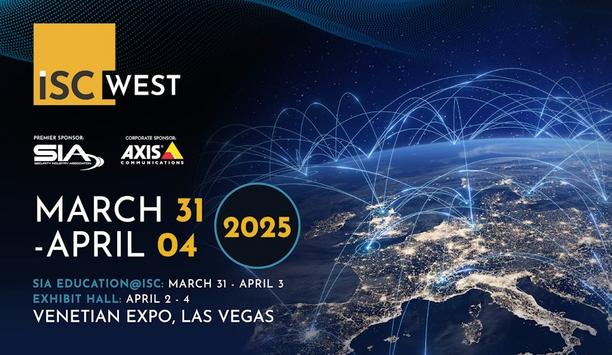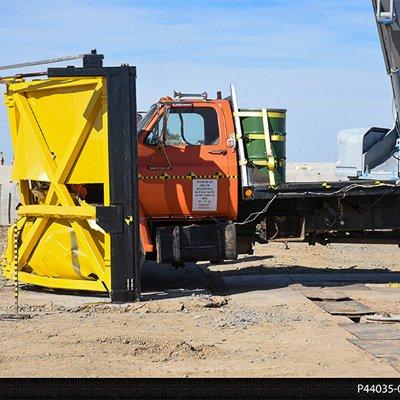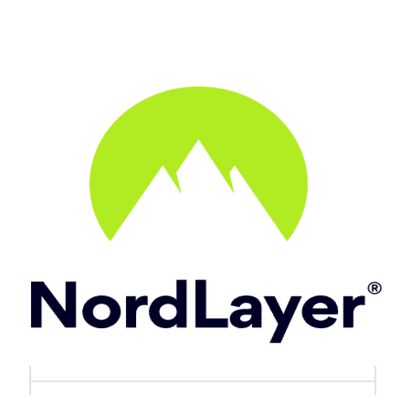Commoditisation of cameras and downward price pressure are big topics in the video surveillance market. There was an interesting discussion about pricing and its impact on the integrator community at last month’s MIPS 2015 (Milestone Integration Platform Symposium).
Participants were several of the major camera manufacturers, who provided a variety of viewpoints. Prompting the discussion – but with no representative on the panel – were the emerging Chinese manufacturers, who are helping to drive downward pricing. I guess we’ll have to hear from them another time. Meanwhile, here are some of the comments from the major manufacturers who were present:
Matt Soga, senior vice president, business development, Sony:“We’re not the pricing leader, and we don’t compete on low-end solutions. What we focus on is to keep developing solutions from products and working with partners like Milestone to present end-to-end solutions for the customer. We also provide support and pricing programs to our partners.”
"What we focus on is to keep developing solutions from products and working with partners like Milestone to present end-to-end solutions for the customer" |
Soga: “We are not giving up the segment, but there are certain areas that we cannot offer, and we need to keep investing for the technology and also production costs to generate a profit.”
Brian Wiser, president of sales, Americas, Bosch: “What are you (as an integrator) looking for in a manufacturing partner? We don’t necessarily claim the low price point. You have to look at it holistically in terms of who you partner with and who you go to market with. Is it reputation, longevity, reliability, quality in the marketplace? It’s also what’s behind the curtain, is there infrastructure to support the business? Is there in-field technical support? Is there training? Is there marketing support? From the product side, is there 4K and Ultra HD? Is there megapixel? Is there intelligence? You have to look at your business and where you want to go, and the product roadmap. Does the manufacturing partner you pick have a vision of where they want to take the product, so you can grow your business with that? That’s what we try to focus on at Bosch, but it’s hard because the market is huge. We’re trying to focus on how we help our customers adapt.”
Fredrik Nilsson, general manager, Axis Communications: “Companies must decide how they want to compete, whether on price, or on value or somewhere in the middle. Most manufacturers of a reasonable size have similar costs to producing the cameras; China isn’t any cheaper, and anyone here could manufacture in China if we thought it was cheaper, but typically it isn’t, at least not nowadays. The manufacturing cost is one thing. The other cost in the camera is quality, basically on the software side. So what’s the value of quality of the software in a camera on a pole for seven years? It’s relatively high. Another cost is service, tech support, sales people, and people to educate you. Then the fourth is profit, and you want to work with a company that makes some level of profit because it means they will be there when you need them to support the camera. It’s the same for everyone. So if you want to compete on price, to buy some market share, you need to make sure you are the lowest, because someone will come in a little bit lower. It’s a difficult position to hold. It’ll happen; it’ll consolidate the market a little bit, but it’s not a long-term strategy.” “Companies must decide how they want to compete, whether on price, or on value or somewhere in the middle" |
Scott Schafer, executive vice president of sales and marketing, Arecont Vision:“Innovation is the number one thing. You listen to customers and anticipate what you need to build for them to meet their requirements in the future. Sometimes, though, you can’t rely on what our best end users or systems integrators say they need because there are things they haven’t even identified is a need for them yet. So companies like ours, we try to anticipate those from a technology bent and also from an end user solutions bent. If we can figure out what those next solutions will be — such as using CMOS sensors or H.264 as a platform — those things that are commonplace now were not commonplace 10 years ago. Also, integration is key, and it’s not the casual integration with an SDK or through ONVIF. It’s direct integration and making sure the quality engineer-to-engineer work happens to provide a seamless solution. Teaming in the field to win projects together adds cachet. We can understand what the customer needs together and build a solution. On the technology side, we design the chipset for our cameras rather than use a third-party compression chipset, so we can control the performance of our cameras. By doing that, we produce the best low-light technology. If you control your own base architecture and technology, that goes a long way toward competing with anybody.”
Cook: “There is going to be price erosion. We are seeing price constantly being pushed down. From a manufacturing standpoint, we are trying to provide the best quality at the lowest cost so you (integrators) can make the margins you want and need to make. There’s also innovation. It’s our job to make innovative products and expand the dealers’ capabilities. Innovation allows us to bring the price level back up, so we have to think about it, and also to train the integrator on how to sell the innovation, analytics and 4K. We will come out with innovation, it’s a competitive treadmill. But we also have to teach integrators about innovation and how to sell it.”
Wiser: “Integrators have to wrap a complete solution around the product. Are you selling beyond the margin of the product? You have to provide a complete solution, and the integrator has to be the brand to the end-client. That means having the best product, but also the services and solutions that go around it. Having the best products means you can build really good solutions with the additional capabilities. In the IT market we saw this, a general “race to the bottom” (on price); IT was a little more exaggerated and steep in that integrators and resellers very quickly made hardly anything on the product. They made all their money in solutions, managed services. The integrator has to be that true solutions provider and be the trusted brand to their client.” "We deliver enough additional discount to allow our systems integrators and distributors to make more money when they sell our product line" |
Soga: “Another point is the distribution policy. At Sony we deal with only four distributors – we don’t want to over-distribute the product. And we have a minimum advertised pricing (MAP) program and a project registration program to avoid price competition among the partners.”
Schafer: “One thing manufacturers can do is a project registration program that has real teeth. Those that provide two or three additional discount points don’t really do much to separate the designing integrator from the others that may swoop in and try to steal the deal away. And for those companies that take it seriously like we do, we deliver enough additional discount to allow our systems integrators and distributors to make more money when they sell our product line. That becomes an important part of how you can make money in a changing market.”














































